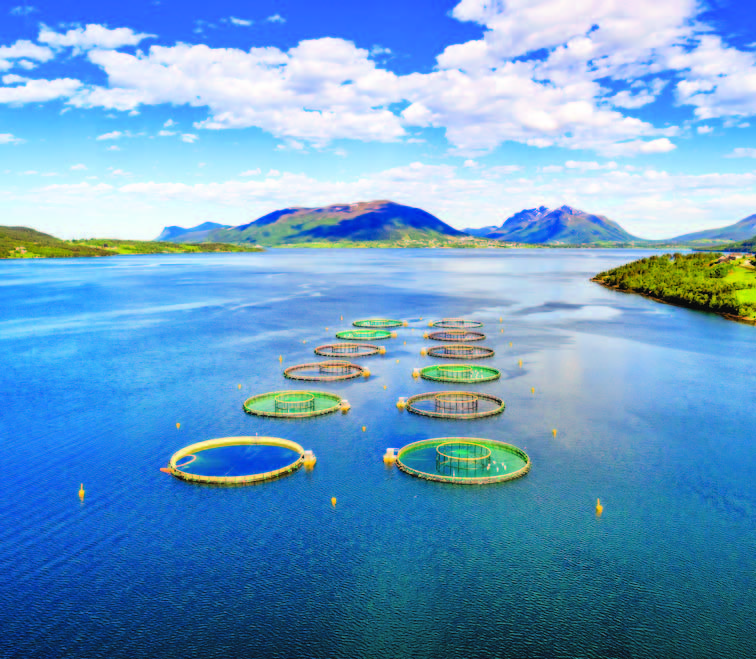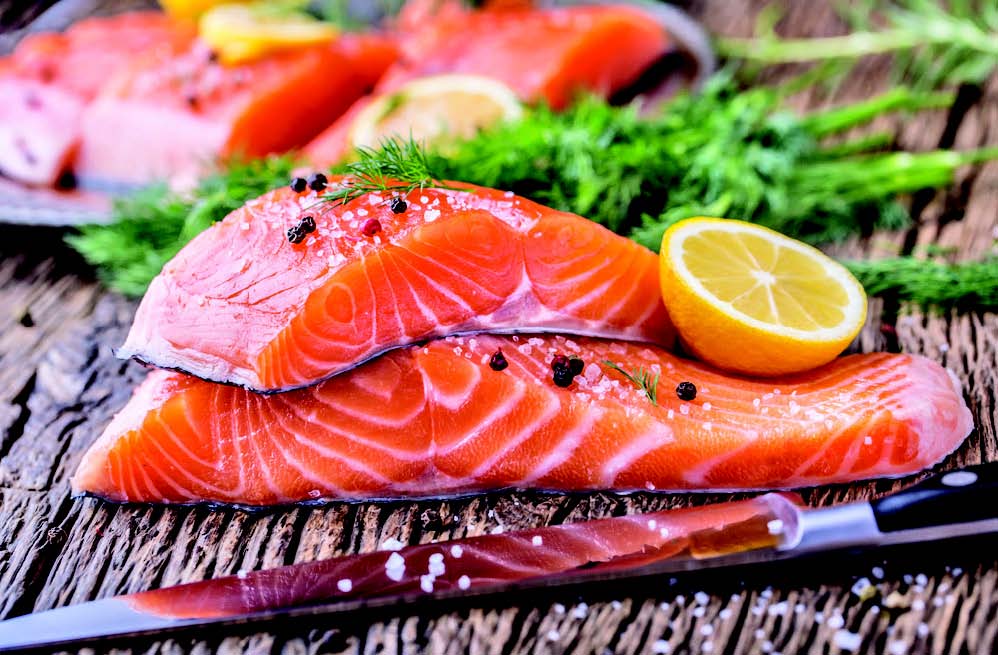Are sea lions really to blame for the decline in salmon populations?
Sea lions are being blamed as the culprits behind the decline of salmon and steelhead populations, both of which are endangered and threatened in the Northwest Pacific. Unfortunately, the amendment of the Marine Mammal Protection Act after it was passed by the United States Congress and signed by President Trump into law now threatens the lives of sea lions in the Pacific Northwest. Michael Milstine, spokesman of the National Oceanic and Atmospheric Administration (NOAA), said, “Many salmon and steelhead populations in the Northwest are threatened and endangered, and the last few years have been particularly hard as ocean conditions have turned and fewer salmon have returned to the rivers.”
Declining population
According to Worldwide Aquaculture, Pacific Northwest rivers and streams were filled with salmon over 10 years ago. However, they are known to be extinct in rivers they used to inhabit in California, Washington, Oregon and Idaho.
They explained that salmon harvesting became a big business across North America due to the advancement of civilization and technology, with large quantities of salmon being caught and processed due to modern harvesting techniques. Infrastructures like dams prevented salmon from returning to the rivers.
Kill on sight
Under the provisions of the new law, the NOAA is authorized to issue permits to state officials and Native American tribes to kill sea lions.

The amendment loosens the protection for the California and Steller sea lions in the Columbia and Willamette Rivers and other bodies of water connected to them. It also gives the state officials more flexibility to remove sea lions from designated areas as they no longer need to identify the sea lions’ markings or document sea lions feeding on salmon and steelheads before their removal.
But are the sea lions really to blame for the decline of salmon population?
Parasite problem
Watershed Watch explains that while salmon farming may look simple, it raises concerns over the negative impact it has on wild salmon and the environment. Scientific studies show how this kind of agriculture negatively affects wild salmon populations.
Salmon farms provide a good environment for parasites, such as the salmon louse, making them grow in numbers as hundreds of thousands of salmon are kept in these farms.

To add to the problem, parasites grow more resistant to control measures, such as chemicals used by salmon farmers to kill them, resulting in a chemical arms race in the seas. Reports show that bodies of water continue to be polluted by antibiotics and pesticides used to control these parasites.
Farming salmon: Problem or solution?
While people from all around the world enjoy their raw or cooked fresh salmon, John Vidal said in a 2017 article for The Guardian that the salmon industry already comes at a great cost. Salmon farming has come a long way from when it started in the 1970s, providing only 5% of the world’s salmon production back then, to nearly 70% 40 years later.
To meet the rising demand, salmon is now grown in net cages. According to Watershed Watch Salmon Society, salmon are bred in hatcheries, then grown and kept in salmon farm cages as big as four football fields that hold up to 500,000 to 750,000 fish.
Farmed versus wild
According to a 2018 article by Anna Kemp for Watershed Watch, these are the top reasons salmon farms threaten wild salmon.
Fish farm diseases: Studies show that the Piscine Reovirus is found in over 70% of farmed salmon. Farmed salmon can escape into the wild – and even close proximity to wild salmon is enough for the virus to spread to wild salmon. This virus affects spawning migration.

Spreading parasites: While salmon lice naturally occur in the ocean, they are kept in check by a balanced ecosystem. However, salmon farms create an optimal condition for them to breed.Salmon lice pose a huge threat to juvenile salmon as they pass thru farms during migration. If a louse attaches itself to a juvenile salmon in the wild, there is a higher risk for death.
Competing with natural resources: Large-scale escapes, wherein hundreds of thousands of salmon break into the wild, have been documented in the past. Reports also show that over 160,000 salmon break free from small-scale breakouts every year undocumented.These threaten wild salmon as farmed salmon compete with the ones living in the wild for natural resources, such as food and habitat.
Saving but eating salmon?
It’s ironic to hear that humans want to save salmon but still want to kill them for food, continuing to pollute and destroy their natural habitat. Instead of allowing wild salmon to thrive naturally, humans prefer to farm salmon that eventually kills off the wild ones.
Is this truly the solution to declining salmon populations?
No – well, not until humans stop farming artificially bred ones and killing the wild ones. For as long as there is a demand for salmon as food, oceans will continue to experience the repercussions of salmon farming. In a 2019 article for Undercurrent News, Tom Seaman detailed how the demand for salmon currently outpaces the supply.

Farming salmon does not reduce the demand for wild salmon; if anything, it increases the demand even more, according to a 2017 article by Sarah Bedolfe for Oceana.org. This can lead to an imbalance in marine ecosystem, what with more fish being taken out of oceans to meet the demands of the market.
In order to save wild salmon, people must ask themselves if they are willing to forego their insatiable appetite for these endangered fish.
Saving sea lions, too
Innocent animals, such as sea lions, have always been victims of human greed. They continue to take blame for crimes they didn’t commit, while not being able to defend themselves as they don’t have a voice to do so.
There is a need to spread information and speak up for these creatures. Sea lions are being given the death penalty for something that isn’t their fault. Wild salmon populations continue to decline, not because of sea lions, but because of mankind messing up the ecosystem.
Both the salmon and sea lions are victims. Nobody wins – not even humans. To preserve marine life, their lives should be spared. Every creature – even those with tails, fins, or flippers – deserve to thrive in peace.
You might want to read:
– Government decides to kill sea lions to save salmons
– Feral cats kill 200 million endangered Australian species, research shows
– Group wants to end protection for seals to deal with sharks






